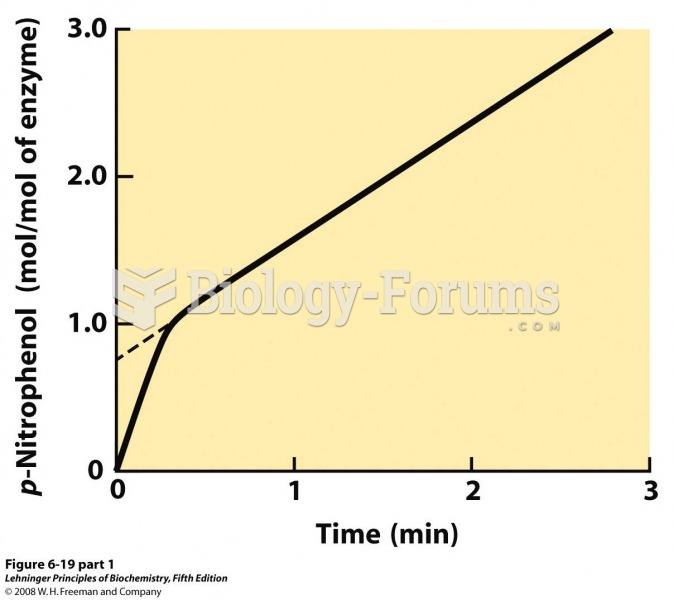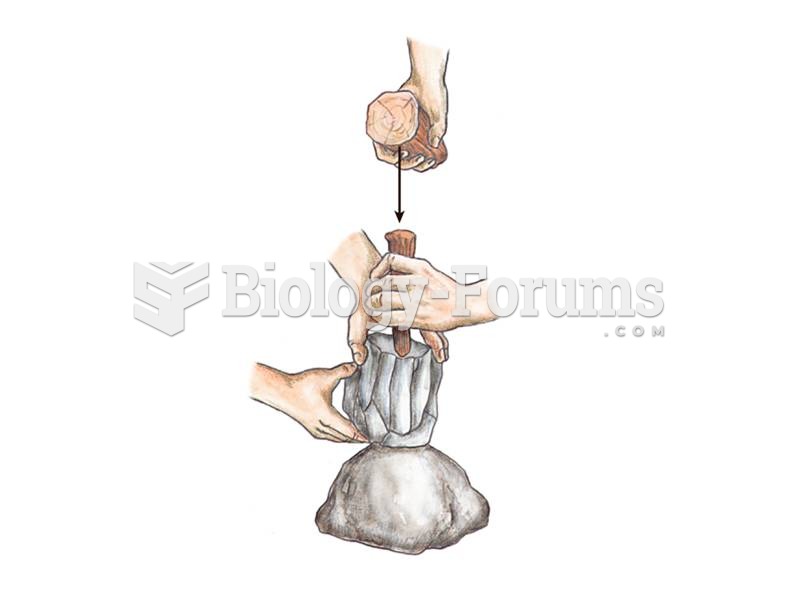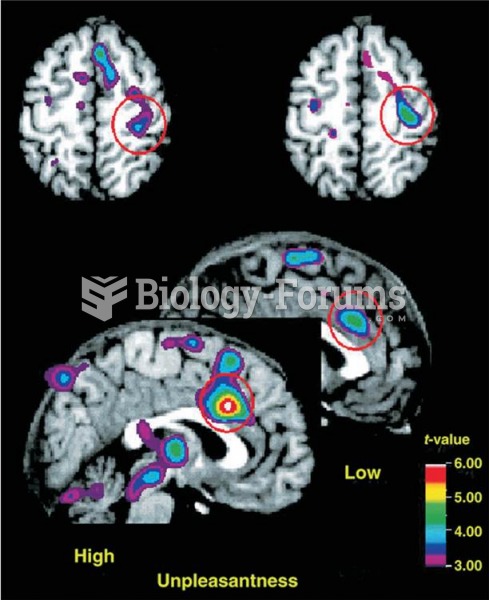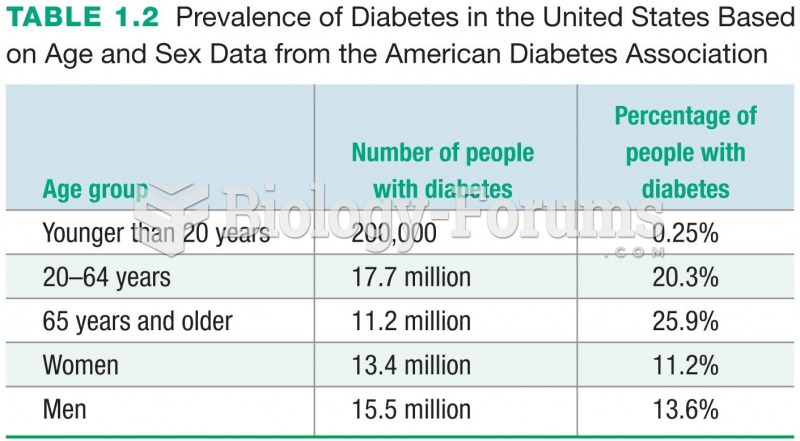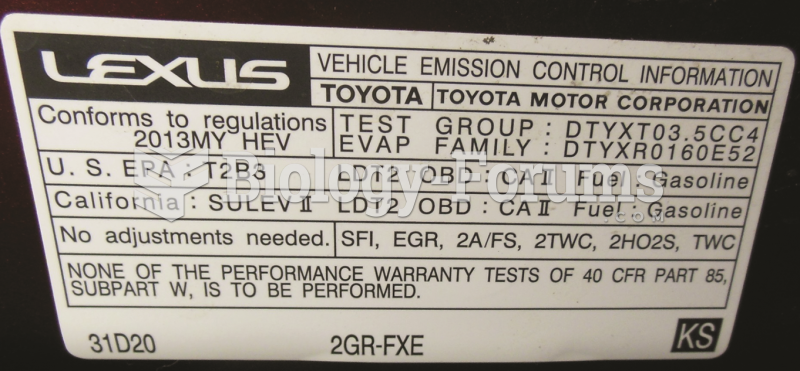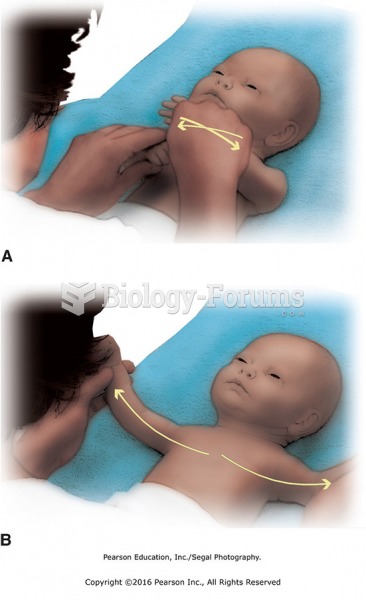|
|
|
More than 34,000 trademarked medication names and more than 10,000 generic medication names are in use in the United States.
Drying your hands with a paper towel will reduce the bacterial count on your hands by 45–60%.
There can actually be a 25-hour time difference between certain locations in the world. The International Date Line passes between the islands of Samoa and American Samoa. It is not a straight line, but "zig-zags" around various island chains. Therefore, Samoa and nearby islands have one date, while American Samoa and nearby islands are one day behind. Daylight saving time is used in some islands, but not in others—further shifting the hours out of sync with natural time.
Intradermal injections are somewhat difficult to correctly administer because the skin layers are so thin that it is easy to accidentally punch through to the deeper subcutaneous layer.
People about to have surgery must tell their health care providers about all supplements they take.


